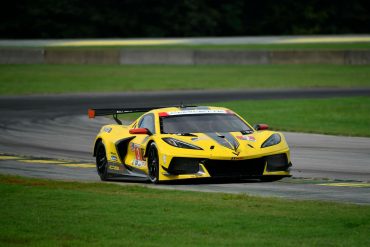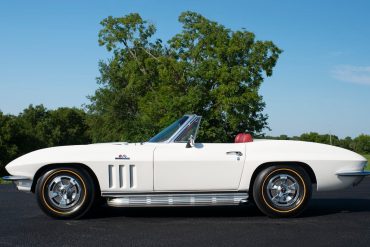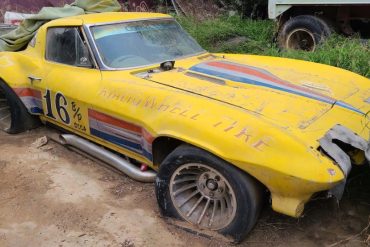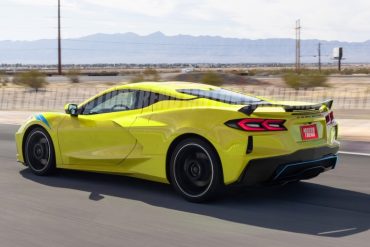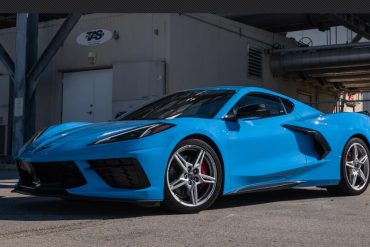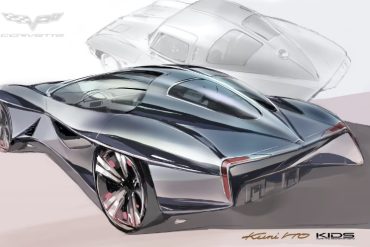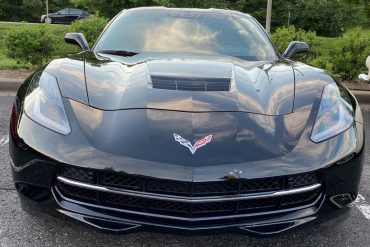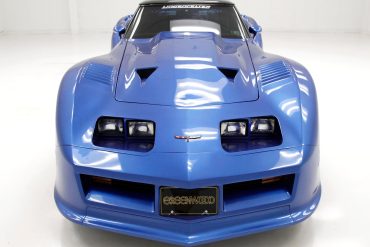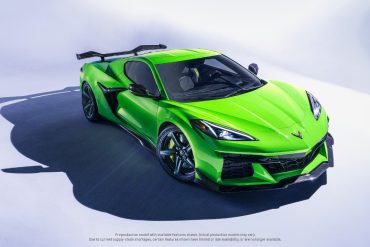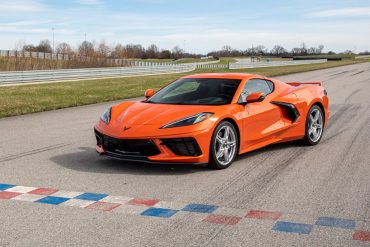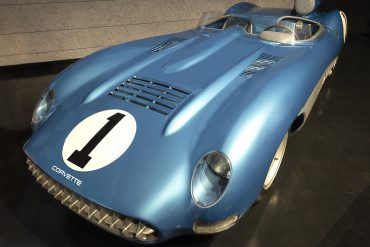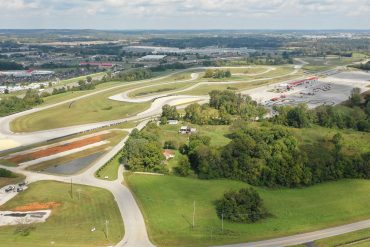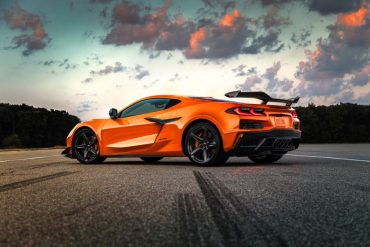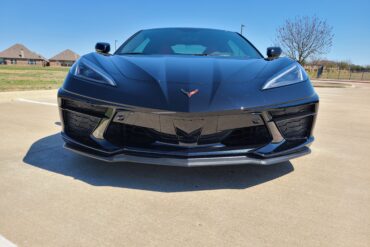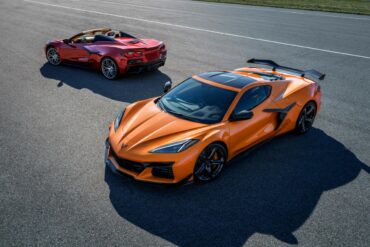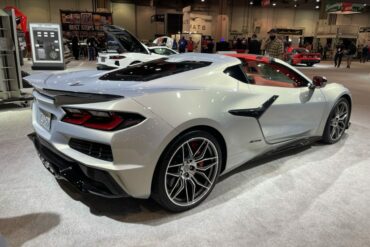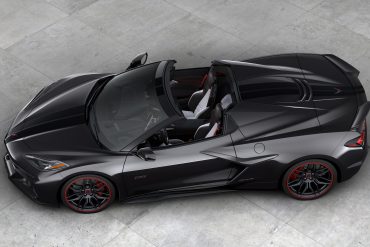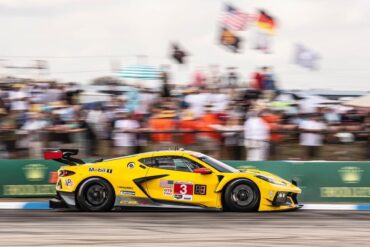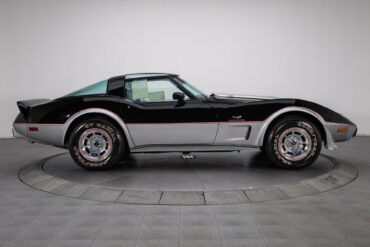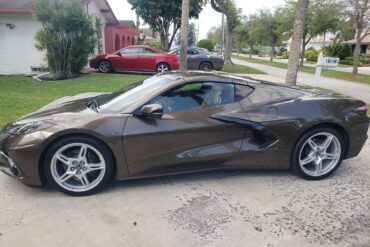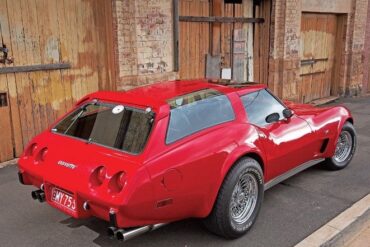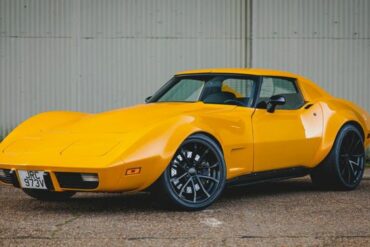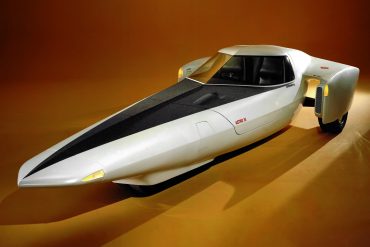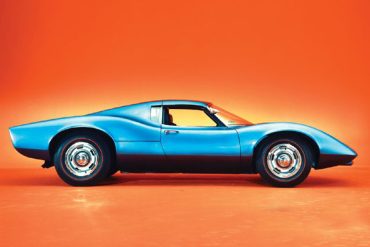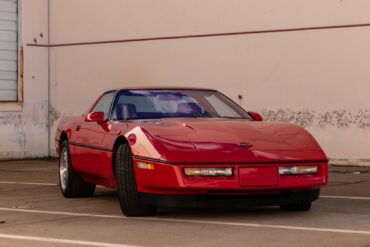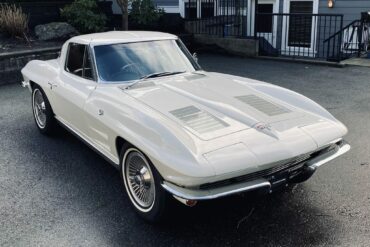Corvette Racing had all the right “stuff” to win last Sunday’s Michelin GT Challenge at the Virginia International Raceway (VIR),...
JoinedMarch 10, 2017
Articles719
Comments31
Since he was a boy, Scott has had a love affair with cars - and sports cars in particular. His fascination with speed and fast cars was first fueled by his grandfather, who would frequently take him to car shows or to the local track. In college, Scott studied automotive technologies, and would spend his formative years working for a Chevy dealership. He has authored several books and is the founder of CorvSport.
FOR SALE: A 1966 Corvette Convertible It’s been a minute since we showcased an auction Corvette for your consideration. It’s...
A Vintage 1963 Corvette Race Car Is Discovered After 44 Years! In a world where almost everything is available on...
The 2024 Chevrolet Corvette E-Ray – The First-Ever Corvette Hybrid We’ve all heard the rumors that Chevrolet was moving away...
Can a 2021 Chevrolet Corvette Z51 Serve as a Daily Driver? Motor Trend’s Scott Evans Says YES! In an August...
Located in the panhandle of Florida, Escambia County is the home to beautiful beaches, the Blue Angels, and now, one...
The team of designers and engineers responsible for the decades-long evolution of the Corvette have never been known to rest...
Get Ready to Celebrate “National Corvette Day” on June 30th and “Drive Your Corvette to Work Day” on July 1st,...
What you see before you is a 1982 Chevrolet Corvette that has been fitted with a rare Greenwood Daytona body kit. The most extreme of the Greenwood brothers' kits, the Daytona body kit is a highly sought-after modification that was developed by race-winning specialists Burt and John Greenwood.
Chevy Will Auction Off a Corvette NFT by xsullo and Give-Away a Matching, NEW Z06! Chevrolet has just announced that...
Lots Happening at NCM Motorsports Park! As summer gets underway, we wanted to take a minute to share with you...
To commemorate the launch of the definitive book on "Corvette Concept Cars," we proudly present our picks of the ten greatest Corvette concepts of all time!
The Future of Corvette – A Look Ahead at What’s Next The second decade of the twenty-first century has been...
Introducing Chad White, Sales and Event Coordinator at the NCM Motorsports Park This past Friday, I traveled to the National...
The National Corvette Museum Announces 2022 Corvette Hall of Fame Members Elect BOWLING GREEN, KY, April 29, 2022 – At...
2023 C8 Chevrolet Corvette Z06 & Stingray: Overview, VIN, Options, Performance & More Introducing the 2023 Chevrolet Corvette Z06 When...
FOR SALE: Beautiful 2022 Z51 Stingray Corvette Coupe In our endless quest to bring Corvette buyers and sellers together, we...
2023 Corvette Production Begins May 16th, Z06 Production to Follow Later This Summer (source: Motor1.com) If you’ve been clamoring to...
If You’ve Been Thinking of Ordering a 2023 Z06 Corvette, Here’s What You Need to Know… Although the 2023 Z06...
As a way of celebrating Corvette Racing's monumental performance during the 2020 IMSA racing season, Chevrolet created two special-edition C8.R Corvette packages to commemorate the event. Available in either the No. 3's Design Accelerate Yellow or the No. 4's Design Hypersonic Gray, each car features special badging and trim. Other changes were minimal for 2022.
The 70th Anniversary Edition Corvettes will be unique, even among other 2023 Corvettes, in the following ways: First, the Anniversary Edition cars will be offered in two exclusive color packages - an all-new White Pearl Metallic Tri-coat or a Carbon Flash Metallic. An optional stripe kit will also be offered in complimenting colors - Satin Gray on the Pearl White Metallic, and Black on the Carbon Flash Metallic. The cars will also be fitted with unique-and-distinct wheels with commemorative caps.
CORVETTE RACING WINS AT SEBRING!! The No. 3 Corvette C8.R takes its 12th victory at the 12 Hours of Sebring...
FOR SALE: A Like NEW 1978 Corvette Pace Car with just 42 Documented Miles! Have you ever dreamed of going...
FOR SALE: 2020 Corvette in Bronze Zeus Metallic – $98,000 We are pleased to present this 2020 Corvette Coupe in...
The Chevrolet Corvette Sportwagon was never actually built by Chevrolet, it was an aftermarket kit developed for the C3 Corvette that solved its single biggest problem – the total lack of useable trunk space. When the third generation Corvette was released in 1967 it proved popular thanks to its shark-inspired styling. The one key drawback was the fact that there was no trunk lid, and the small trunk area was only accessible through the interior of the car behind the seats.
FOR SALE: A Stunning 1976 Corvette Restomod One of the biggest criticisms repeatedly slung at mid-seventies Corvette is this: they...
Though the first two prototype cars to carry the Astro namesake were relatively well known, the third entry in this conceptual saga was somewhat obscure and significantly more bizarre. At the 1969 Chicago Motor Show, Chevrolet unveiled the Astro III which was a gas-turbine prototype that featured a tricycle wheel arrangement.
The Astro II was one of the most significant case studies of Duntov’s outright refusal to let his mid-engine dreams die, and as such, ultimately entered the history books as a precursor to the eventual mid-engine, C8 Corvettes of today. The Astro II was designed in a way that was more representative of the Corvette’s typical styling cues, than that of The Astro I.
FOR SALE: A 1,300-Mile 1990 Corvette ZR-1 Coupe! If you were a child of the late seventies, chances are better...
Every now and again we discover a truly remarkable Corvette for sale. This 1963 Split-Window Corvette split-window coupe is one...


